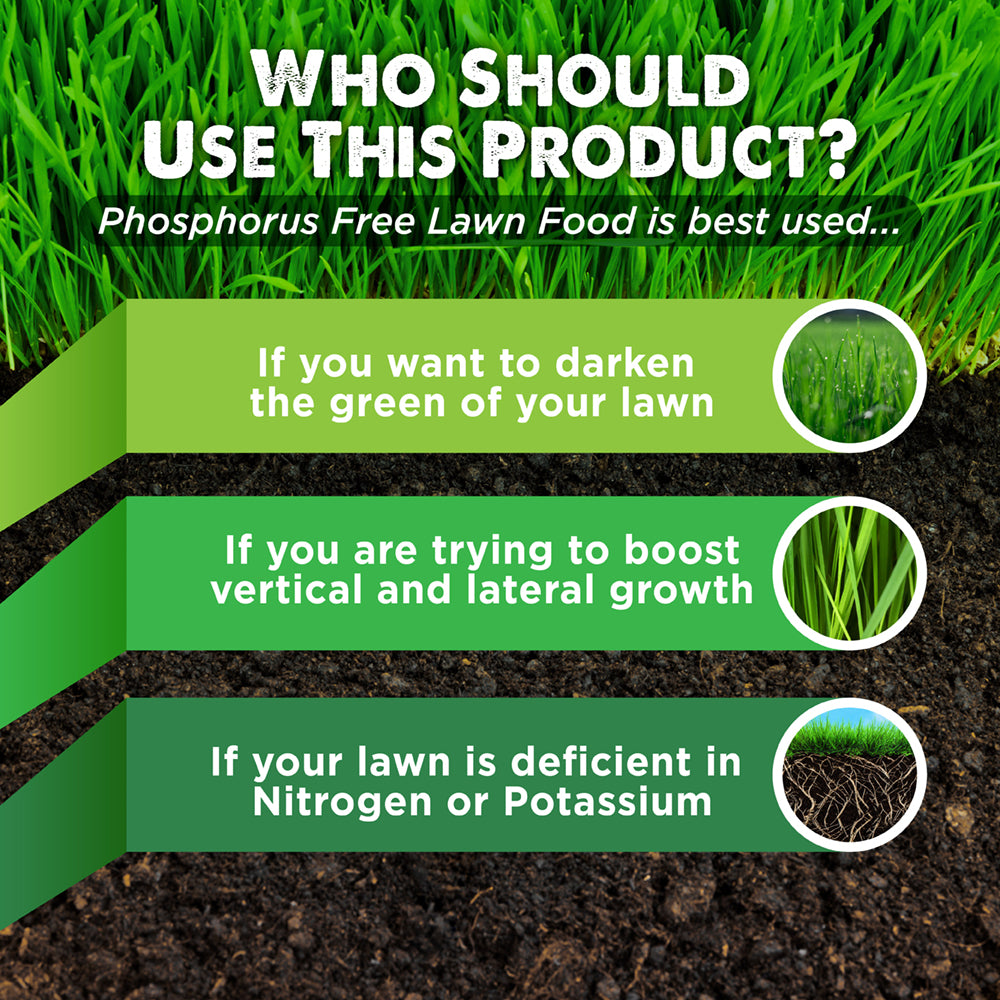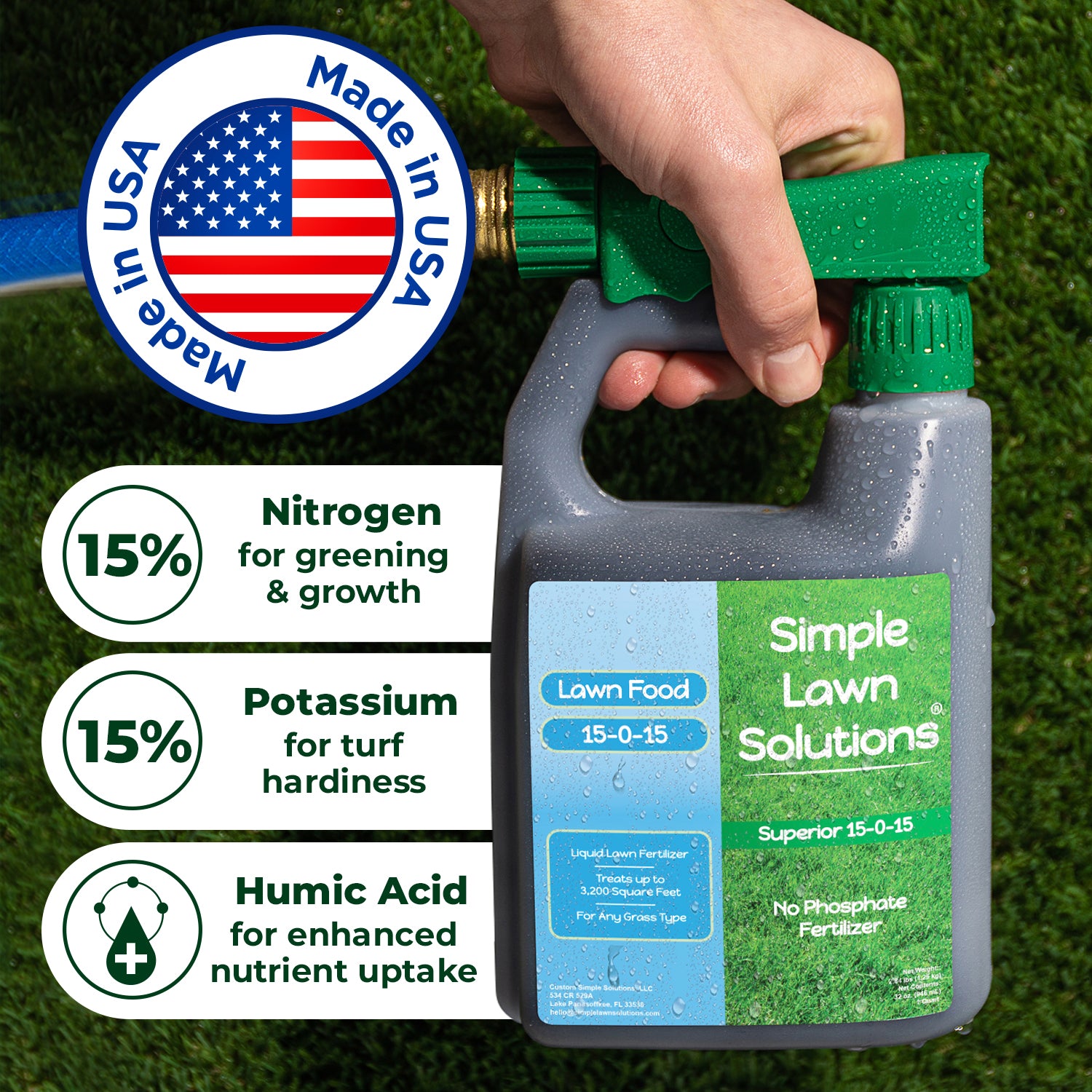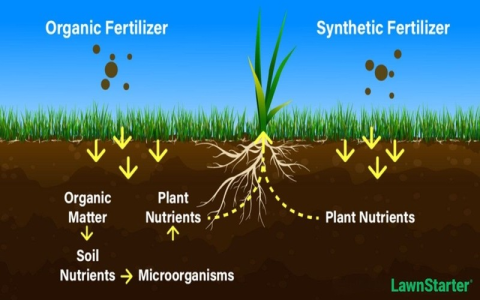Okay, let’s talk about my little experiment with 0-15-0 fertilizer this past season. I’d been noticing some of my flowering plants weren’t quite popping like they used to, and I figured maybe they needed a bit more help downstairs, you know, in the root and bloom department, without adding extra green growth from nitrogen.
Getting Started
So, I went down to the local garden supply store. Finding the 0-15-0 wasn’t too hard, it was right there with all the other fertilizer bags. The numbers are pretty clear: zero nitrogen, fifteen phosphorus, zero potassium. Exactly what I was looking for. Grabbed a reasonably sized bag, nothing too huge since I was just trying it out on specific areas.

Brought it home and opened it up. It looked like most granular fertilizers, little pellets. No strong smell or anything weird. First thing I did was actually read the instructions on the bag – yeah, I know, surprising sometimes, but better safe than sorry! It gave recommended amounts per square foot or per plant, pretty standard stuff.
Putting it to Work
I decided to target a few key areas:
- My patch of tomatoes, hoping for better fruit development.
- Some flowering shrubs that seemed a bit lazy last year.
- The beds where I plant my root vegetables like carrots and beets.
I grabbed my trusty little hand spreader for the beds and a small cup for applying it around the base of individual shrubs. Safety first, so I put on some garden gloves. Didn’t want that stuff sitting on my skin.
For the vegetable beds, I measured out roughly what the bag suggested and walked back and forth, using the hand spreader to get hopefully even coverage. Wasn’t aiming for perfection, just a decent spread. Around the shrubs and tomatoes, I used the cup to sprinkle a small amount around the drip line – that’s the area under the furthest reach of the branches, where the feeder roots usually are. I made sure not to dump it right against the stems, as that can sometimes burn the plants.
It went pretty smoothly. The granules were easy enough to spread. Didn’t take too long, maybe half an hour for all the spots I wanted to hit.
Watering and Waiting
Right after applying, I got the hose out and gave all the treated areas a good, thorough watering. This is pretty important, helps wash the fertilizer down into the soil so the roots can actually get to it, and prevents it from just sitting on the surface or burning the leaves if any spilled.
And then came the waiting game. You don’t usually see results overnight with this kind of thing. I just kept up my normal watering routine and kept an eye on the plants over the next few weeks.

Did it Work?
So, what happened? Well, it wasn’t like magic, but I did notice some changes. The flowering shrubs definitely seemed to have more blooms this year, and the colors felt a bit more vibrant. My tomatoes? Hard to say definitively it was just the fertilizer, but I had a solid harvest, maybe slightly better than the year before in terms of fruit setting.
Where I think I saw the clearest difference was with the carrots and beets. When I harvested them later in the season, the roots seemed thicker and more robust compared to previous years where I didn’t add extra phosphorus. They just felt more substantial.
Overall, I’d say it was a worthwhile experiment. The 0-15-0 gave a nice targeted boost without pushing out a ton of leafy growth I didn’t need in those areas. It’s not something I’d use everywhere all the time, but for encouraging blooms and root development specifically, it seemed to do the job pretty well. I’ll likely keep a bag on hand and use it strategically again next year on similar plants.




















